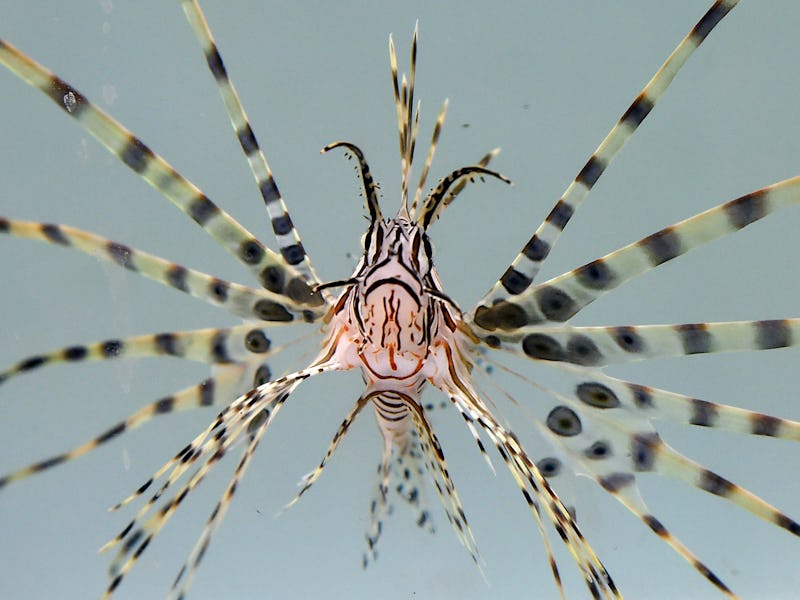These 5 Invasive Species Are the Responsible, Delicious Future of Seafood
It's meat-eating with a vengeance.

The oceans are in trouble and fish stocks are declining precipitously. The internet is rife with lists of species conscientious eaters should avoid. And even the most alarmist dock-to-table types are, in a sense, not going far enough. In order to reinvigorate the seas we need to eat in a way that not only doesn’t hurt the ocean, but helps it. Sustainable options can be harmful if they’re harvested from a certain region, or in a certain way. Invasive species are almost always a better bet.
Invasive species destroy habitats by outcompeting native species for food and habitat. They undermine ecosystems and lead to extinctions. There is little debate at this point about which fish they are and little debate about the key culinary fact: Many of them are delicious.
There has been a push in recent years by some restaurants, chefs, and organizations to put more invasive species on menus, though for the most part they remain a fringe commodity. And that’s fine. While you might personally feel good about your decision to eat an invasive species, it would be bad if the masses went all in on, say, lionfish, incentivizing fisherman to create an economy based on an unnatural part of an ecosystem.
For this reason and others, eating invasive species is not a solution to existence of invasive species or the depletion of fish stocks worldwide. But eating the enemy is still a decent call.
Lionfish
One of the most successful bids to get people to eat invasive species involves the lionfish, a creature with toxic spikes like a puffer fish that make it particularly resistant to predation. Inside, the fish has a delicious white flesh. Lionfish are wreaking havoc in the Atlantic Ocean, Caribbean Sea, and Gulf of Mexico, where they breed faster and eat more than native species.
Many restaurants in the Caribbean and the United States, particularly Florida, are making fishy lemonade out of the situation by serving up lionfish on a platter. I hear it makes a mean ceviche.
Asian Shore Crabs
Asian shore crabs taste like a cross between a blue crab and a Dorito, according to one restaurateur, who serves up the invasive species in his New Haven, Connecticut restaurant.
The little guys are just an inch or two across and have invaded waters on America’s east coast. They can be fried up and eaten whole as a salty, crunchy treat. Yum.
Asian Carp
The Asian carp looks like its whole face is upside-down.
Asian carp is a freshwater species that is causing all sorts of trouble in the Great Lakes. A University of Missouri group is promoting the species as an alternative to native seafood options. In a 2013 blind taste test, they found that consumers preferred carp to catfish — the state fish — by a landslide.
Blue Catfish
Blue catfish for dinner.
Speaking of catfish, the blue catfish was introduced to tributaries of Chesapeake Bay, including the Potomac River, in the 1970s, and has been outcompeting native species since then. Chefs in the region have jumped on the trend, and are pushing catfish on their menus to curb the species’ expansion.
Northern Snakehead
The Northern Snakehead could use a rebranding (because let’s be honest, that does not sound delicious) but is a popular seafood in eastern Asia. The fish has invaded waters of the eastern United States and California. According to one reviewer, it tastes like chicken.
One irony of eating invasive species is that many invasive species are introduced because they are a valued commodity. Live trade in animals for seafood markets leads to accidental and even purposeful introduction. Eating invasive species is not good in and of itself, but it’s a good way to start a conversation about what we eat and why we eat it. Next time you order take-out, take a close look at the menu and see if you can tell the good guys and the bad guys apart.